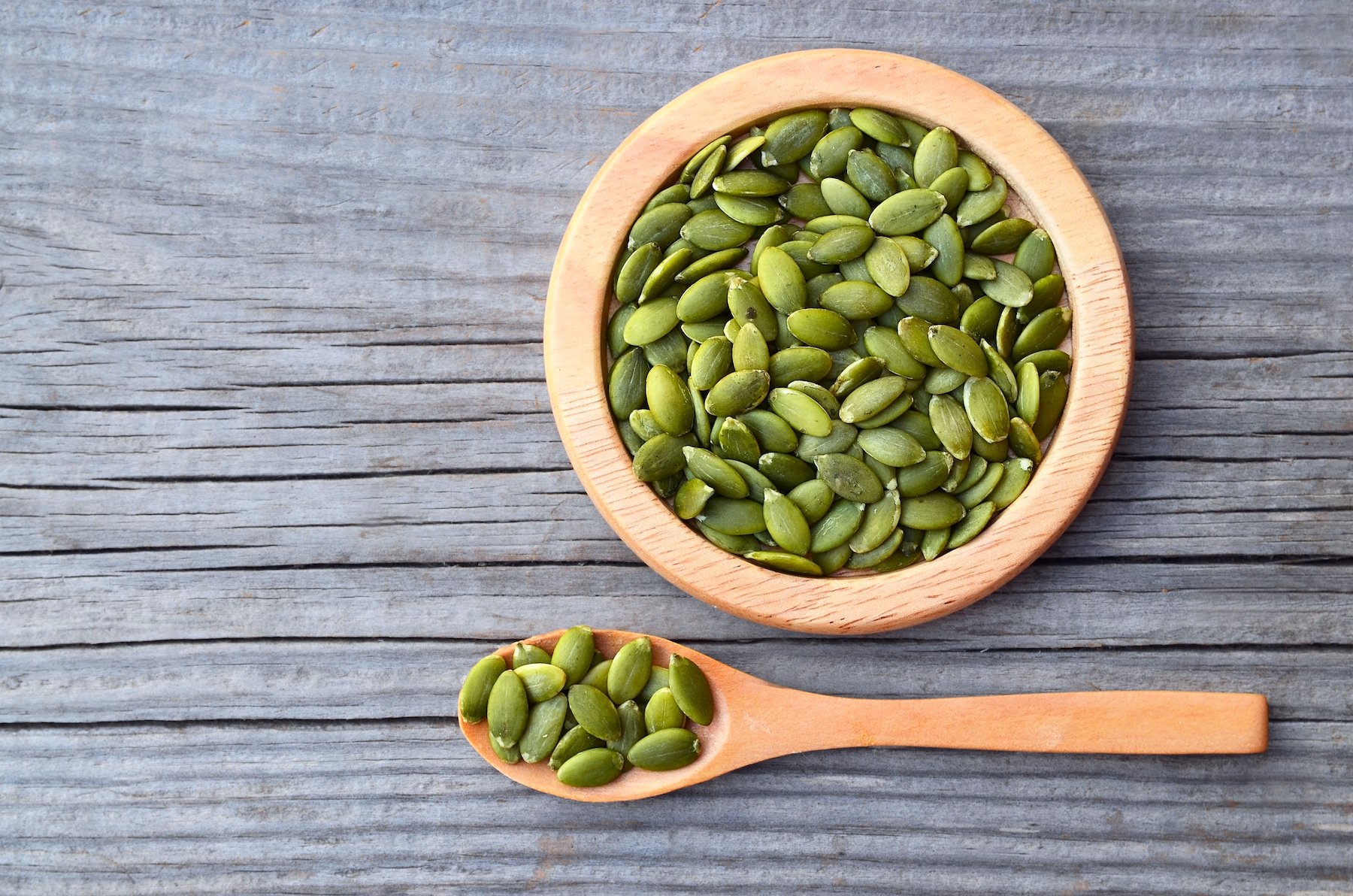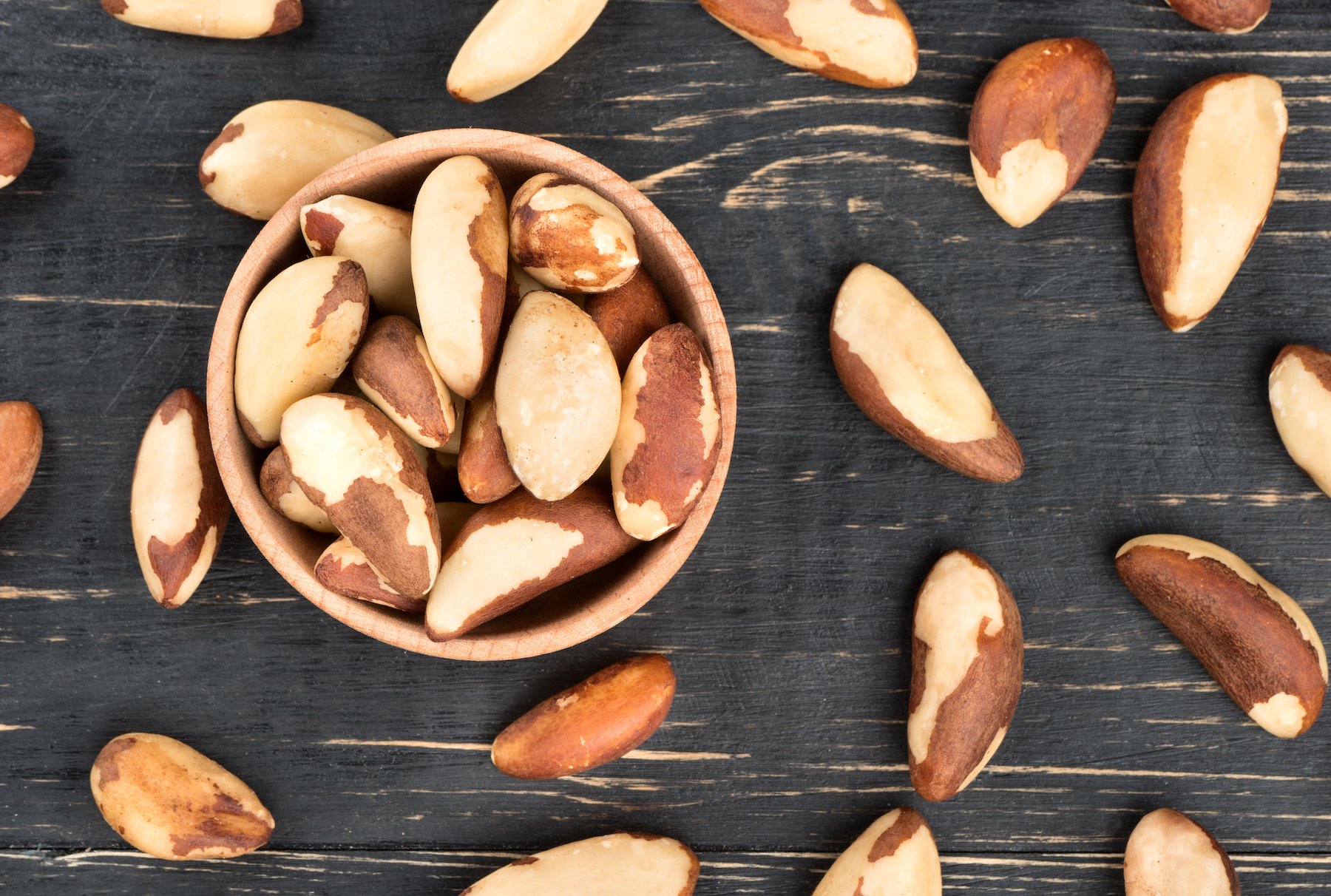Sardines may be small, but these fish pack a powerful punch in both flavor and nutrition.
The oily fish, also known as pilchards, have silver skin and rich-tasting flesh (it tastes somewhat like tuna but is more pungent). The name sardine may come from the Mediterranean island of Sardinia, where these soft-boned fish were once abundant.
Sardines’ health benefits include being a good source of high-quality protein, vitamin D, vitamin B12, and selenium. Their small, edible bones are also an excellent source of calcium. But their most valuable feature is that they’re rich in anti-inflammatory omega-3 fatty acids. In fact, one 3-ounce serving of canned sardines contains nearly 1.2 grams of omega-3s, making them one of the best food sources available.
The Metabolic Health Benefits of Omega-3 Fatty Acids
Omega-3 fatty acids are one of the two major classes of polyunsaturated fatty acids (PUFAs), along with omega-6 fatty acids. They have been long documented as the type of “healthy fat” that lowers triglycerides (a type of cholesterol in your blood), is anti-inflammatory and plays a crucial role in many physiological functions such as cell integrity, cognitive function, and eye health. Other research suggests that higher levels of omega-3s may improve insulin sensitivity, particularly among people with some metabolic dysfunction.
Omega-3s are the building blocks of cells. When you eat them, they’re incorporated into the cell membranes of every tissue in your body. They can then later be released to help moderate biological functions like inflammation.
To understand exactly how they help, here’s a quick reminder on how inflammation works.
There are two types of inflammation: acute and chronic. Acute is what happens when you cut your finger or come into contact with germs. Your immune system kicks into action and summons white blood cells, known as neutrophils, to assess the damage and fight off invaders, along with inflammatory chemicals called cytokines. This type of fast-acting inflammation is a natural response that’s vital to your health.
However, sometimes the immune system continues to pump out white blood cells and chemical messengers (cytokines), even though there’s no infection or injury to fight. This chronic inflammation can contribute to many diseases, including autoimmune diseases, heart disease, diabetes, and even cancer. This is where omega-3s may help.
Research shows that omega-3 fatty acids, particularly eicosapentaenoic acid (EPA) and docosahexaenoic acid (DHA), can dampen inflammatory reactions by reducing the production of molecules that promote inflammation, and increase anti-inflammatory molecules. They also lower the number of triglyceride fat molecules your body produces––which cuts heart disease risk and prevents fat from building up in the liver. Omega-3s can also act inside cells to alter gene expression, including pro-inflammatory pathways like NF-kB.
Omega-3 fatty acids are also associated with better heart health. Several studies have found that people who ate fatty fish, like sardines, as little as one to three times a month lowered the risk of death by coronary heart disease by 21% compared with those who didn’t eat any fish (and eating them more often reduced the risk even further).
There are several possible reasons omega-3s have benefits on overall cardiovascular health:
- Omega-3 fatty acids lower triglyceride levels
- Omega-3s lower resting blood pressure
- Omega-3s may decrease platelet aggregation (clotting), preventing blockage in the coronary arteries and maintaining good blood flow to the heart.
- Omega-3s reduce inflammation in the body, a factor in heart disease and high blood pressure.
How Many Omega-3s Do You Need (and How Can Sardines Help)?
There are three main omega-3 fatty acids: alpha-linolenic acid (ALA), EPA, and DHA. ALA is considered a short-chain essential fatty acid because the body can’t synthesize it. The only way to get it is by eating foods rich in ALA, such as walnuts, flaxseed, soy, or chia seeds. (Sardines are not a significant source of ALA.)
The body converts a small percentage of ALA into long-chain fatty acids, EPA and DHA, but conversion rates are poor, so you can’t get a sufficient supply from ALA alone. The most practical way to get the amount your body needs is to eat foods rich in EPA and DHA, like sardines and other fatty fish, or take a fish oil supplement. (Note that you can also get smaller amounts of EPA and DHA from grass-fed beef or pasture-raised eggs or from algae supplements.)
So, how much do you need? Men should eat about 1.6 grams of omega-3 fatty acids daily, and women should get about 1.1 grams (or 1.4 grams if pregnant). However, these standards only apply to ALA sources. Unfortunately, there is no standardized guideline for daily EPA and DHA intake, but experts recommend at least 250 milligrams of combined DHA and EPA. Pregnant and lactating women need more DHA to support the child’s brain development. (One study found that 95% of women of childbearing age didn’t get that minimum recommended amount of 250 milligrams per day.)
“Sardines are one of the most beneficial non-dairy foods for bone health. They contain about 30% of the daily needs for vitamin D, 35% for calcium, and 64% for phosphorus.” – Brigid Titgemeier
A 3-ounce serving of canned sardines delivers about 740 milligrams of DHA and 450 milligrams of EPA—nearly four times the minimum recommended amount. For comparison, a typical fish oil supplement provides about 1,000 milligrams of fish oil, containing 120 milligrams of DHA and 180 milligrams of EPA.
The bottom line: Sardines are an economical way to get your EPA and DHA in food form. That’s good news for many reasons, but a big one is that the typical American diet is deficient in omega-3 fatty acids. Adding just two 3-ounce servings of sardines to your weekly diet can help you get the EPA and DHA your body needs. (Note that needs vary widely among people given the high individual variation in how much your body absorbs omega-3s. You can get your omega-3 levels tested by your doctor.)
More Health Benefits of Sardines
In addition to being a source of omega-3s, sardines are also an excellent source of:
Protein. The American Heart Association recommends sardines as an alternative to red meat since they’re low in saturated fat and high in lean protein, with almost 25 grams in a 100-gram serving. Proteins are necessary for many physiological processes, including:
- Cell, muscle, bone, and skin structure and function
- The regulation of bodily fluids and acid-base balance in your blood
- Immune system function
- Facilitating biochemical reactions that take place within and outside of cells
Vitamin B12. A 100-gram serving of canned sardines in oil supplies 8.94 micrograms of vitamin B12, which is almost four times an adult’s recommended daily allowance (RDA) of 2.4 micrograms. Vitamin B12 is essential in red blood cell formation, DNA synthesis, energy, and cognition and helps prevent macrocytic anemia, a type of anemia that causes unusually large red blood cells.
Vitamin D. Sardines are one of the few food sources of vitamin D, known as the “sunshine vitamin,” since your body makes it when exposed to sunlight. A 100-gram serving of canned sardines in oil contains 4.8 micrograms, or about one-third of the RDA of 15 micrograms (600 IU) for adults younger than 70. Those over 70 should aim for closer to 20 micrograms (800 IU) of vitamin D per day.
Vitamin D is best known for its role in bone health, but it’s also a key player in glucose metabolism, neuromuscular and immune function, and cell growth. Vitamin D also reduces insulin resistance and inflammation. “Sardines are one of the most beneficial non-dairy foods for bone health,” says functional medicine dietitian Brigid Titgemeier. “They contain about 30% of the daily needs for vitamin D, 35% for calcium, and 64% for phosphorus.”
Selenium. This essential trace mineral plays an important role in the body’s antioxidant pathways and affects reproduction, thyroid hormone production, DNA synthesis, and immunity. The RDA for adults is 55 micrograms, and a 3.5-ounce portion of canned sardines in oil contains 52.7 micrograms.

8 Micronutrients essential for metabolic health
Micronutrients are like tools that help our cellular machinery function better. Here's how they work, and how to ensure you're getting enough
Read the ArticleSardines Buying Advice
You can buy sardines fresh or canned. Both are good options with minimal nutritional differences, though canned often have higher sodium. Fresh sardines are more expensive and have a much shorter shelf life, lasting one to two days raw in the refrigerator or three to four days cooked. They should smell fresh, be firm to the touch, and have shiny elastic skin. Ask to have the fish cleaned, scaled, and filleted before buying. You can eat the soft bones (and get calcium from them), but if you’re new to eating sardines, start with cleaned fillets.
When buying canned sardines, choose those packed in olive oil or water. Fish packed in heavier oils don’t hold onto the flavor as well. You may also see sardines packed in tomato sauce, mustard, hot sauce, and more. If the added flavor appeals to you, be sure to look at the label and confirm there aren’t any additives like sugar before buying.
Store canned sardines in a cool, dry place (like a cupboard). They can last up to five years, but the flavor and quality may start to degrade after about two years. If you notice a can is rusted, damaged, or swollen, throw it out. Even a small dent may indicate that the sardines have been exposed to air, dramatically reducing shelf life.
The Monterey Bay Aquarium Seafood Watch recommends avoiding European pilchard (Atlantic sardines) from the Mediterranean region and Brazilian sardinella (orangespot sardines), as they are not responsibly or sustainably fished. You’re better off buying sardines from Australia or Mexico.
How to Use Sardines
Sardines are often eaten as a starter or snack, but you can easily incorporate them into a meal as your protein source. Fresh sardines can be roasted, grilled, or broiled, and eaten straight or used as a salad topper. Once you drain the oil and rinse the sardines, you can try any of the following ways to add them to meals:
- Sardine salad: Instead of tuna or chicken salad, combine 1 can of flaked or mashed sardines with fresh lemon juice, diced red onion, cilantro, and black pepper. Another option: Mix sardines with ¼ cup diced tomatoes, oregano, and a drizzle of olive oil. You can eat sardine salad alone or stuff it inside half an avocado or in a lettuce wrap.
- Fish cakes: Use mashed sardines in place of salmon or tuna in your favorite fish cake recipe.
- Creamy dip: Mash sardines with a fork and mix them with cream cheese as a spread on Flackers (flaxseed crackers) or a dip for vegetables.
- Top a salad or vegetables: Whether you take them straight from the can or grill them first, sardines can transform a fresh salad or bed of braised greens like kale, collards, or chard. Mash them with avocado oil, mayonnaise, and diced onion and add to the top of the salad, or just mash them and mix into the salad.








